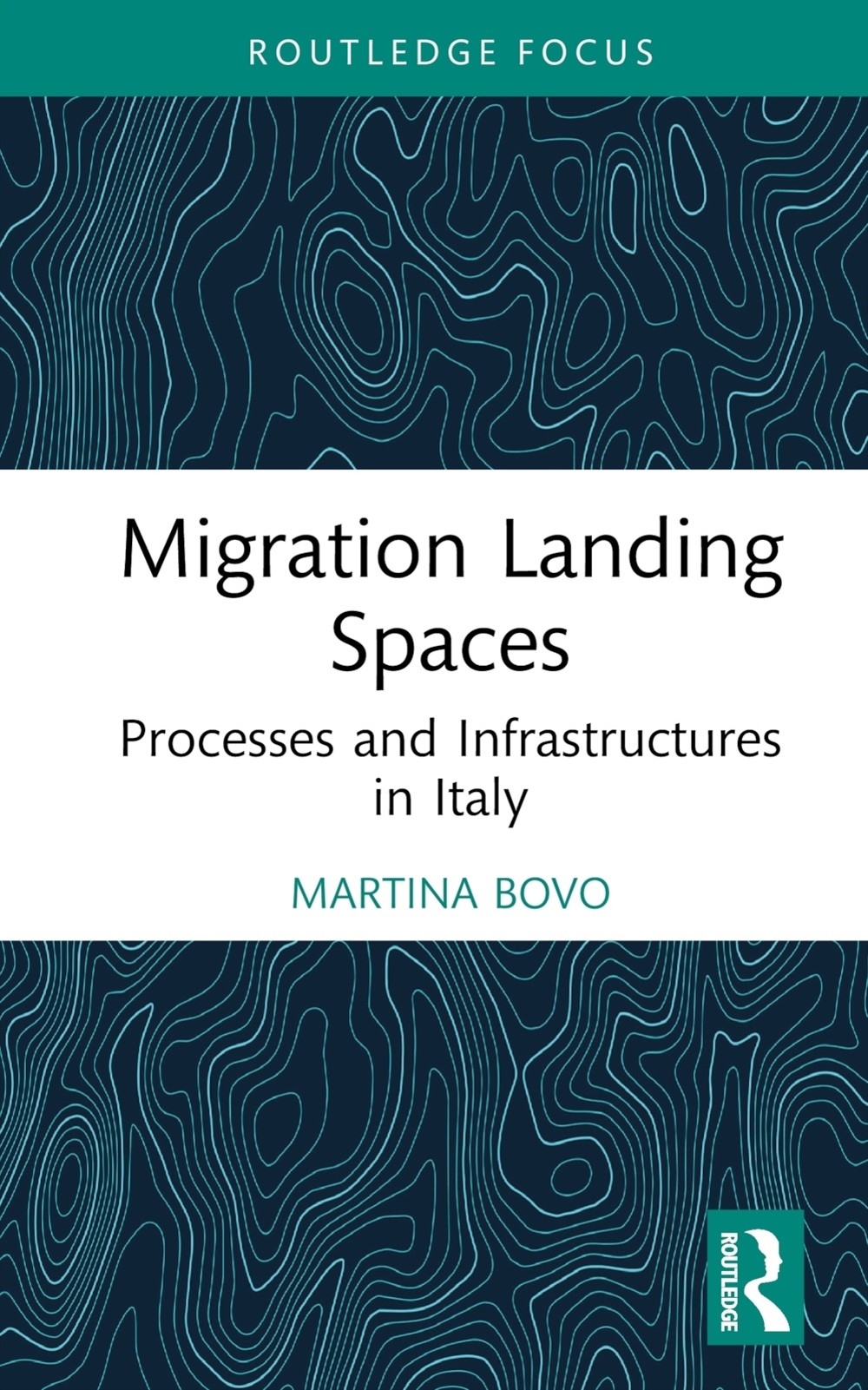This book looks at migrant landing spaces, exploring the processes and infrastructures which people encounter as they navigate urban spaces along the central Mediterranean route.
The book argues that there remains a theoretical and practical difficulty in grasping the complexity of migrant arrivals. Migrants are often unsure whether they will stay or leave, their mobility is uncertain. Despite this, they face rigid binaries and categories within administrative policy and planning which tries to pin them down as either permanent or temporary. Drawing on extensive original research in southern Italy, this book suggests that we should instead think of ’landing spaces’ parts of the city that work as infrastructures for landing, that allow for an open and dynamic use of the urban space and provide opportunities for encounter and information exchange as migrants consider their next steps.
Combining an ethnographic gaze with insights from urban planning, architecture, geography, social sciences and migration studies, this book invites us to look closer at the interactions between people, practices and places as migrants land in Europe.











